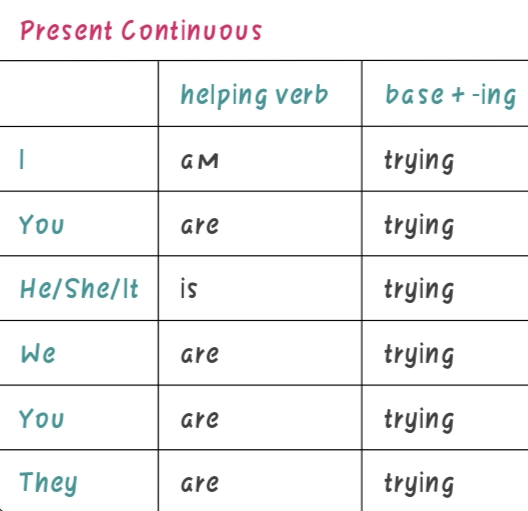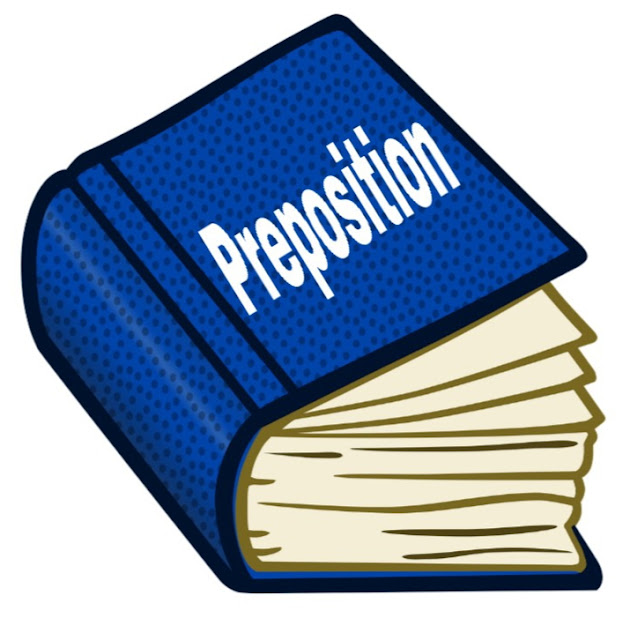Present Perfect Continuous Tense
Present perfect continuous (also called present perfect progressive tense) is a tense which is used to express an action started in the past and has gone on up to the present moment. Present perfect continuous tense usually emphasizes duration, or the amount of time that an action has been happening. Read this entire article for detailed information, examples, and Negative sentence of Present perfect continuous tense as well Verbal Question.
Present Perfect Continuous Tense is the tense in which we use it for the actions which are done periodically, but not completely done. These actions are completed time by time, but still are being done. For example, A teacher teaches to the class. When he completes all lectures in a day, his work of teaching is completed temporarily of that day. But not completely. Because he has to teach the next day. He completes his one academic year. But his action of teaching doesn't complete entirely. He teaches the next batch, and so on. That means He is teaching students from the specific time, but his teaching is going on, not accomplished completely. In that case the use of Present Perfect Continuous Tense is done.
Now we have to know more about it.
The present perfect continuous tense is a vital aspect of English grammar that allows us to describe ongoing actions or situations that started in the past and are still relevant or continuing in the present. By combining elements of the present perfect and the continuous aspect, this tense provides a versatile tool for expressing various ideas and concepts. In this discussion, we will explore the uses of the present perfect continuous tense and understand how it helps us communicate effectively in different contexts.
Present Perfect Tense
Simple Present Tense
Present Continuous Tense
Present Perfect Continuous Tense is not used as often as simple tenses, but it's so important in English language to expresse exact meaning of the communication.
Let's start learning
Present Perfect Continuous Tense
Structure of Present Perfect Continuous Tense
Rule:- S+have/has+been+v1+ing+O+C
Where,
S- Subject
V1- Main Verb
O- Object
C- Complement
Want To Increase Prostate In Body For Robust Health?? Click Here
Where,
S- Subject
V1- Main Verb
O- Object
C- Complement
Want To Increase Prostate In Body For Robust Health?? Click Here
Examples,
1) I have been learning English Grammar.
2) She has been working on the project.
3) They have been digging a well.
4) We have been playing cricket for 2 hours.
5) Teacher has been teaching since 1995.
6) She has been singing a song.
7) Boys have been watching a movie.
8) We have been sweeping the road.
9) Virat has been filling water into the tank.
10) He has been delivering a speech.
Where and how to use Preposition "since" and "for" in Present Perfect Continuous Tense.
Use of "for" in present Perfect Continuous Tense
When the time period is to be mentioned generally not exactly, for example, two days, 5 months, 10 years, 3 hours in this case we have to use "for".
Examples,
1) Teacher has been teaching for 2 years.
2) He has been studying for 2 hours.
3) They have been digging a well for 5 months.
4) I have been going to school for last 2 days.
5) She has been working in the farm for 7 days.
In above sentences the action is mentioned generally, the exact time period is not given. It means we can not get the exact mentioning of date, time, year in above sentences, that's why Preposition "for" is used before them.
Have A Candid Conversation With Native Female Speakers
Where and how to use Preposition "since" in this tense.
When the time period is to be mentioned exactly not generally, for example, monday, September, 2009, 3 O'clock, morning, evening, night, noon, in this case we have to use "since".
Examples,
1) Teacher has been teaching since 1999.
2) He has been studying since 2 O'clock.
3) They have been digging a well since July.
4) I have been going to school since last Tuesday.
5) She has been working in the farm since 2 months.
Verbal Question of Present Perfect Continuous Tense
Rule:- Have/Has+S+been+v1+ing+O+C+?
Examples,
1) Have I been learning English
Grammar?
2) Has she been working on the project?
3) Have they been digging a well?
4) Have we playing cricket for 2 hours?
5) Has Teacher been teaching since 1995?
6) Has she been singing a song?
7) Have boys been watching a movie?
8) Have we been sweeping the road?
9) Has Virat been filling water into the tank?
10) Has he been delivering a speech?
Negative sentence of Present Perfect Continuous Tense
Rule:- S+have/has+not+been+v1+ing+O+C
Where,
S- Subject
V1- Main Verb
O- Object
C- Complement
Examples,
1) I have not been learning English Grammar.
2) She has not been working on the project.
3) They have not been digging a well.
4) We have not been playing cricket for 2 hours.
5) Teacher has not been teaching since 1995.
6) She has not been singing a song.
7) Boys have not been watching a movie.
8) We have not been sweeping the road.
9) Virat has not been filling water into the tank.
10) He has not been delivering a speech.
In conclusion, the present perfect continuous tense allows us to express ongoing actions, emphasize duration, describe temporary situations, indicate recent events, and establish cause and effect relationships. Understanding the various uses of this tense is crucial for effective communication and precise expression of time-related concepts in English.
Dear friends, if you find these articles useful, kindly share it to your friends and contact to help them and encourage me. Thanks!
Dear friends, if you find these articles useful, kindly share it to your friends and contact to help them and encourage me. Thanks!














